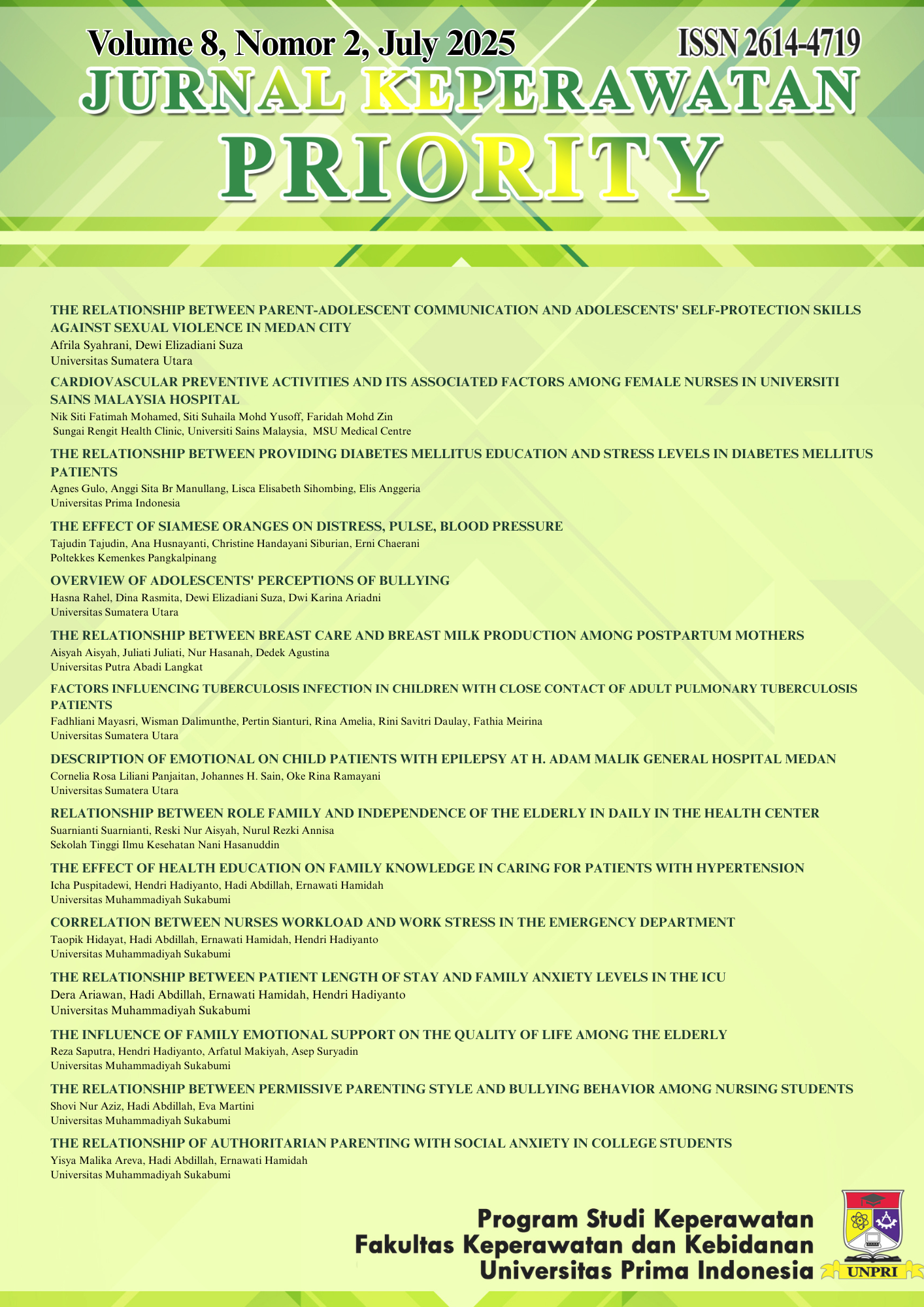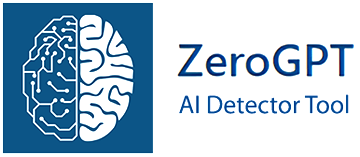Overview of Adolescents' Perceptions of Bullying
DOI:
https://doi.org/10.34012/jukep.v8i2.7076Keywords:
adolescent, bullying, perceptionAbstract
Bullying behavior continues to increase from year to year, one of which occurs among Indonesian students. Most bullying behavior is found at the senior high school level. Adolescent perceptions of bullying play an important role in efforts to prevent and handle this problem. The purpose of this study was to determine the description of students' perceptions towards bullying behaviour that they do at school. The type of research used is quantitative research with a descriptive design involving 73 students using probability sampling techniques with the type of systematic sampling. Data were collected through questionnaires and processed with descriptive statistics. The results showed that the majority of adolescents had good perceptions of bullying, namely 62 respondents (84.9%), and sufficient perceptions, as many as 11 respondents (15.1%). The majority of respondents have good perceptions, so that adolescents are expected to maintain and increase their understanding that bullying is an action that is not commendable, so that the prevention of bullying can increase.
Downloads
Published
How to Cite
Issue
Section
License
Copyright (c) 2025 Hasna Rahel, Dina Rasmita, Dewi Elizadiani Suza, Dwi Karina Ariadni

This work is licensed under a Creative Commons Attribution 4.0 International License.
Authors who publish their manuscripts through the Journal of Keperawatan Priority agree to the following:
- Copyright to the manuscripts of scientific papers in this Journal is held by the author.
- The author surrenders the rights when first publishing the manuscript of his scientific work and simultaneously the author grants permission / license by referring to the Creative Commons Attribution 4.0 International License to other parties to distribute his scientific work while still giving credit to the author and the Journal of Journal Keperawatan Priority as the first publication medium for the work.
- Matters relating to the non-exclusivity of the distribution of the Journal that publishes the author's scientific work can be agreed separately (for example: requests to place the work in the library of an institution or publish it as a book) with the author as one of the parties to the agreement and with credit to sJournal ofJournal Keperawatan Priority as the first publication medium for the work in question.
- Authors can and are expected to publish their work online (e.g. in a Repository or on their Organization's/Institution's website) before and during the manuscript submission process, as such efforts can increase citation exchange earlier and with a wider scope.


















